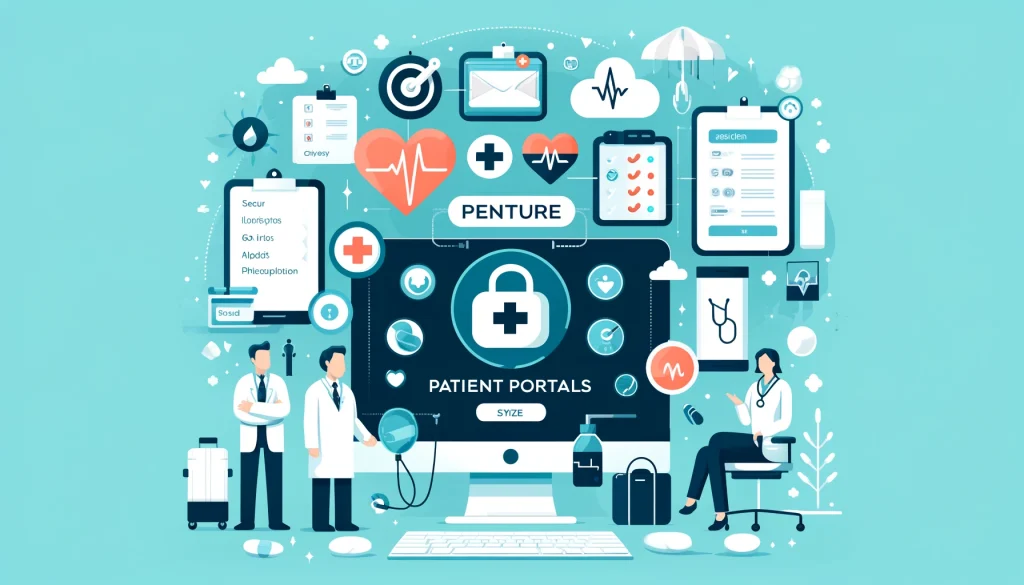Patient portals are secure online websites or mobile applications that provide patients with convenient access to their personal health information, communication with healthcare providers, and management of healthcare-related tasks. These portals are typically offered by healthcare organizations, such as hospitals, clinics, and physician practices, as part of their electronic health record (EHR) systems. Here are some key features and benefits of patient portals:
Access to Health Records:
Patient portals allow patients to view and download their electronic health records (EHRs), including medical history, medications, allergies, immunizations, lab results, and diagnostic reports. Having access to their health information empowers patients to take an active role in managing their health and making informed decisions about their care.
Communication with Healthcare Providers:
Patient portals enable secure messaging between patients and their healthcare providers, allowing patients to ask questions, request prescription refills, schedule appointments, and receive non-urgent medical advice. Secure messaging promotes timely communication, reduces phone calls, and enhances patient-provider relationships.
Appointment Scheduling and Reminders:
Patient portals offer features for scheduling appointments, checking appointment availability, and receiving appointment reminders via email or SMS. Patients can conveniently schedule appointments online, view upcoming appointments, and cancel or reschedule appointments as needed.
Prescription Refills and Medication Management:
Patient portals allow patients to request prescription refills, review their current medications, and access medication instructions and refill history. Patients can also set medication reminders and receive notifications when it’s time to refill their prescriptions.
Lab and Test Results:
Patient portals provide patients with timely access to their lab and test results, including blood tests, imaging studies, and other diagnostic tests. Patients can review their results online, track trends over time, and share them with their healthcare providers as needed.
Health Education and Resources:
Patient portals offer educational resources, health articles, and interactive tools to help patients learn about their health conditions, treatment options, preventive care, and wellness tips. Patients can access reliable health information anytime, anywhere, from the convenience of their devices.
Billing and Financial Services:
Some patient portals include features for viewing and paying medical bills, checking insurance coverage, and managing financial accounts. Patients can review their billing statements, view payment history, and set up payment plans or payment arrangements online.
Health Tracking and Goal Setting:
Patient portals may offer tools for tracking health metrics such as weight, blood pressure, blood glucose levels, and physical activity. Patients can set health goals, track progress, and receive personalized recommendations for lifestyle changes and self-management of chronic conditions.
Integration and Customization:
Secure Access and Privacy Protection: Patient portals adhere to strict security and privacy standards, including encryption, user authentication, and secure data transmission protocols, to protect patients’ personal health information (PHI) from unauthorized access or disclosure. Patients can access their health records securely using unique login credentials and authentication methods.





